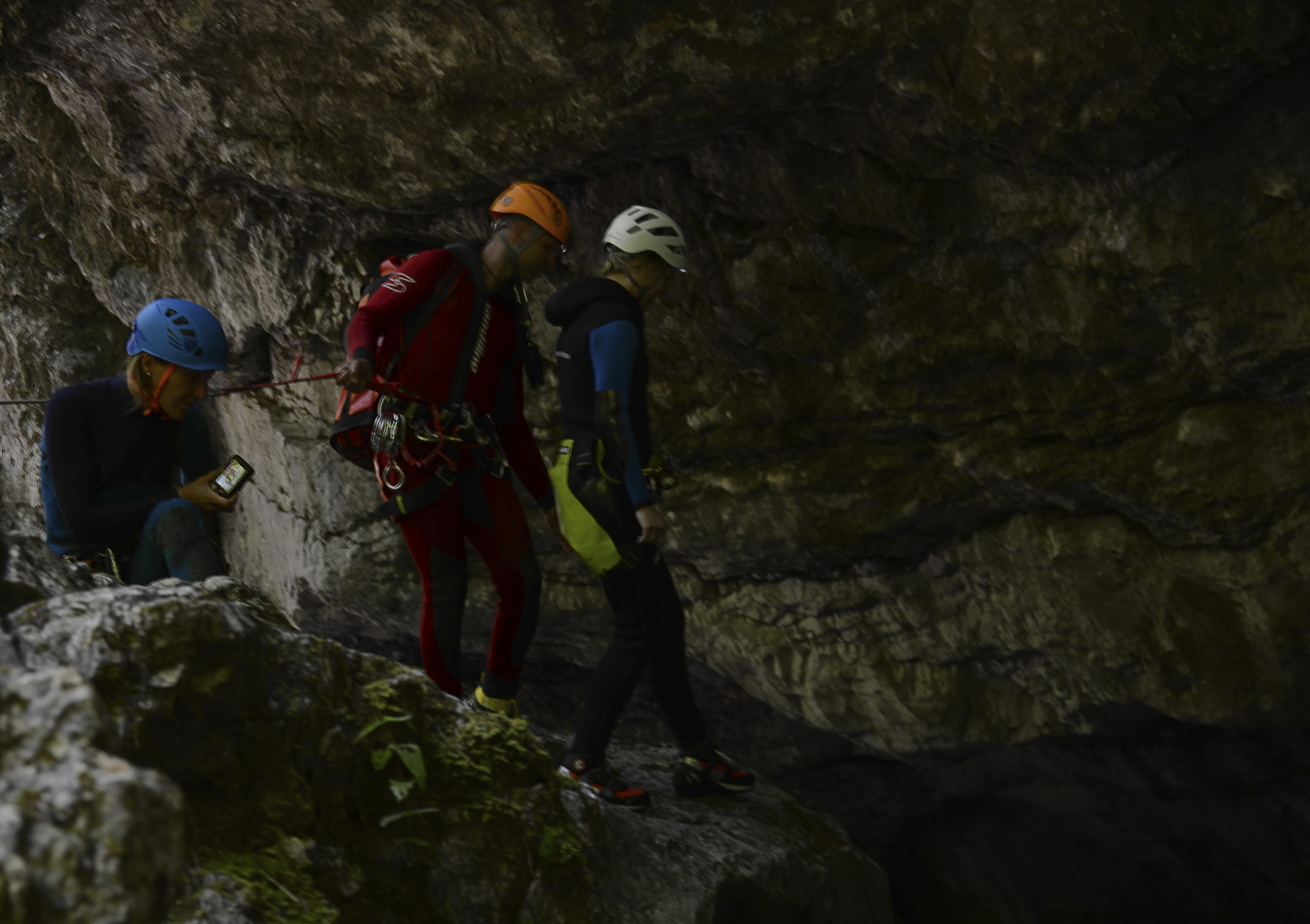Mountain biking is a sport usually associated with warm, sunny days, dirt trails, and rocky terrains. But for the adventurous and the daring, mountain biking in snow offers a whole new realm of excitement and challenge. This exhilarating activity tests your stamina, skills, and adaptability, pushing the envelope of what can be achieved on two wheels.

Why Mountain Biking in Snow?
Many adrenaline junkies might wonder why anyone would leave the comfort of their warm living rooms to venture into the icy wilderness on a mountain bike. The answer lies in the unique thrill and unmatched beauty that snowy terrains offer. Snowy landscapes provide a pristine backdrop, making your biking experience visually stunning while also offering varied and challenging terrains that will test your biking skills to the fullest.
The Unique Thrill of Snowy Trails
Snowy trails provide an entirely different backdrop and feel compared to the summer or autumn trails most bikers are used to. The fresh powder, frozen streams, and snow-covered trees create an almost magical environment. The crunch of the snow under your tires adds an auditory experience that’s unique to winter biking. Furthermore, riding through snow can be less predictable and more dynamic, offering an adrenaline rush that’s hard to match.
Building Stamina and Skill
Riding on snowy paths requires considerably more effort and a different set of skills compared to traditional mountain biking. Snow can be slippery and unstable, forcing you to work harder to maintain balance and control. This not only builds your physical stamina but also enhances your mental focus and technical biking skills. Adapting to these new conditions can greatly improve your overall biking abilities.
How to Prepare for Mountain Biking in Snow
Preparation is key to an enjoyable and safe snow biking adventure. From the right gear to understanding the challenges, a well-thought-out plan can make all the difference.
Choosing the Right Gear
Investing in proper gear is essential for biking in snowy conditions. Fat bikes, with their wider tires, are specifically designed for such terrains. These bikes offer better stability and traction, making it easier to navigate through snow. In addition to the bike, wearing layers of moisture-wicking and insulating clothing can help keep you warm and dry. Don’t forget waterproof gloves, sturdy boots, and a helmet designed for cold weather conditions.
Mental and Physical Preparation
Snow biking is physically demanding, requiring a high level of fitness. Regular exercise and strength training can help build the endurance needed for this activity. Mentally, being prepared for the challenges—such as reduced visibility, cold weather, and difficult terrains—can make the experience less daunting and more enjoyable. Understanding the basics of snow biking, such as how to maneuver in slippery conditions and how to read snowy trails, can also be incredibly beneficial.
What Are the Challenges of Mountain Biking in Snow?
Mountain biking in snow is not without its challenges. The key is to understand these challenges and prepare for them accordingly.
Cold Weather and Hypothermia
One of the most significant challenges of snow biking is dealing with the cold. Hypothermia is a real risk, especially if you’re sweating and then exposed to frigid winds. Keeping yourself dry and warm is crucial. This means wearing appropriate clothing and taking breaks in sheltered areas to avoid overexposure.
Unpredictable Terrain
Snow can conceal the true nature of the terrain below. A seemingly smooth path might hide ice patches, rocks, or other obstacles that could lead to accidents. Always proceed with caution, especially if you’re unfamiliar with the trail. It’s also a good idea to have a map or a GPS device and to inform someone of your planned route.
Top Tips for Mountain Biking in Snow
Making the most out of your snow biking experience requires some practical knowledge and a few handy tips.
Maintain the Right Tire Pressure
Lowering your bike’s tire pressure can improve traction and stability on snowy paths. Experiment with different tire pressures to find what works best for the conditions you’re riding in.
Keep Your Bike Clean and Lubricated
Snow, salt, and slush can wreak havoc on your bike’s components. Regularly clean and lubricate your bike to prevent rust and ensure smooth operation. This will also extend the life of your bike and its parts.
Stay Hydrated and Nourished
Cold weather can sometimes mask the sensation of thirst, but it’s crucial to stay hydrated. Carry water and energy snacks to keep your energy levels up. Remember, your body burns more calories in cold conditions, so fueling up is essential.
Conclusion
Mountain biking in snow is an adventure that combines the thrill of biking with the beauty and challenges of winter landscapes. It’s an activity that demands preparation, skill, and a sense of adventure. With the right gear, mindset, and knowledge, mountain biking in snowy conditions can be an incredibly rewarding and exhilarating experience. So, the next time you see a snowy trail, consider taking your bike out and embracing the frosty thrills that await you.



